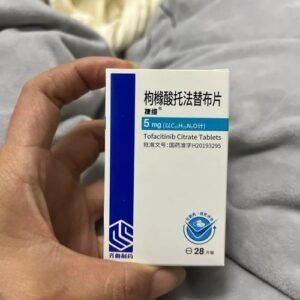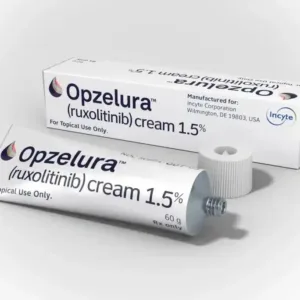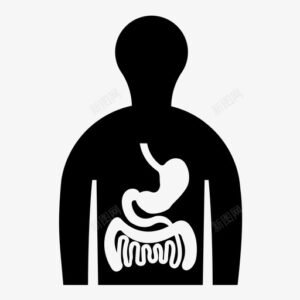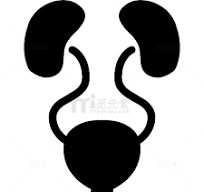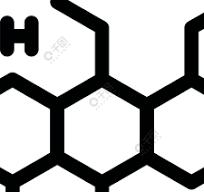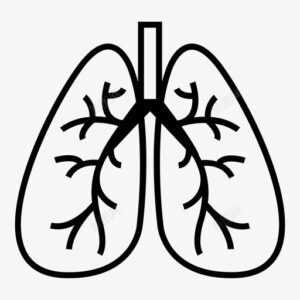IWILFIN EFLORNITHINE 依氟鸟氨酸
IWILFIN indications
IWILFIN (eflornithine) is an ornithine decarboxylase (ODC) inhibitor indicated for reducing the risk of relapse in adult and pediatric patients with high-risk neuroblastoma (HRNB). Patients must meet the following conditions:
Previously received multiple drugs, multimodal treatment (including anti-GD2 immunotherapy)
Achieved at least partial remission (PR) to previous treatment
IWILFIN specifications
• Oral tablets: 192 mg/tablet
• Recommended dose: calculated based on body surface area (BSA), see the administration method for specific usage
IWILFIN mechanism of action
IWILFIN blocks the biosynthesis of intracellular polyamines (such as putrescine and spermine) by selectively inhibiting ornithine decarboxylase (ODC). Polyamines play a key role in tumor cell proliferation and differentiation, and inhibiting their synthesis can interfere with the metabolic pathways of neuroblastoma cells, thereby reducing the risk of relapse.
IWILFIN contraindications
No contraindications have been identified at present.
IWILFIN Warnings and Precautions
1. Bone marrow suppression
May cause neutropenia, anemia, and thrombocytopenia
Monitoring requirements: Complete blood count (CBC) before treatment and every 2 weeks
Dose adjustment:
Grade 3 toxicity: Suspend administration until recovery to ≤ Grade 2
Grade 4 toxicity: Permanently discontinue
2. Hearing loss
May cause sensorineural hearing loss or hearing loss
Monitoring requirements: Pure tone audiometry (PTA) at baseline and every 3 months
Dose adjustment:
Grade 2 hearing loss (threshold increase > 20 dB): Suspend administration and evaluate
Grade 3-4 hearing loss: Permanently discontinue
3. Embryo-fetal toxicity
Animal studies have shown teratogenicity
Measures:
Women of childbearing age should take effective contraceptive measures during treatment and within 3 months after the last dose
Contraindicated during pregnancy
4. Hepatotoxicity
May cause elevated ALT/AST
Monitoring requirements: Baseline and monthly liver function tests
Dose adjustment:
ALT/AST>3 times the upper limit of normal (ULN): suspend administration
ALT/AST>5 times ULN: permanently discontinue administration
IWILFIN administration method
Route of administration: Oral, swallow the whole tablet, can be taken with food or on an empty stomach
Dose calculation:
Adults and children: 750 mg/m², twice a day (about 12 hours apart)
Maximum single dose: 1920 mg
Treatment course: Continue treatment until disease progression or intolerable toxicity occurs
IWILFIN adverse reactions
Common adverse reactions (incidence ≥5%)
Hearing loss, otitis media, fever, pneumonia, diarrhea
Anemia, nausea, vomiting, loss of appetite
Grade 3-4 laboratory abnormalities (incidence ≥2%)
ALT increase, AST increase
Neutropenia, hemoglobin decrease
IWILFIN special population medication
Pregnancy
Based on the mechanism of action, it may cause fetal malformation and is contraindicated
Lactation
It is not clear whether the drug is excreted through breast milk. It is recommended to suspend breastfeeding during treatment and within 1 week after discontinuation of medication
Child patients
Safety and efficacy have been verified, and the dose needs to be adjusted according to body surface area
IWILFIN drug interactions
Myelosuppressive drugs (such as chemotherapy drugs): may aggravate hematological toxicity
Ototoxic drugs (such as aminoglycosides): increase the risk of hearing loss
CYP450 enzyme inducers/inhibitors: There is currently no clear interaction, but it needs to be used in combination with caution
IWILFIN medication questions and answers
Q: How to deal with missed doses?
A: If the missed dose is less than 6 hours, take it immediately; if it is more than 6 hours, skip the dose and take the next dose as planned. Do not take double doses.
Q: What activities should be avoided during treatment?
A: Because it may cause dizziness or fatigue, you should be careful when driving or operating machinery.
Q: How to evaluate the efficacy?
A: Regular imaging examinations (such as MRI/CT), urine catecholamine metabolite testing, and bone marrow biopsy.
Share:
Products
Our offers
Health Classification
Let us work together to protect precious health



